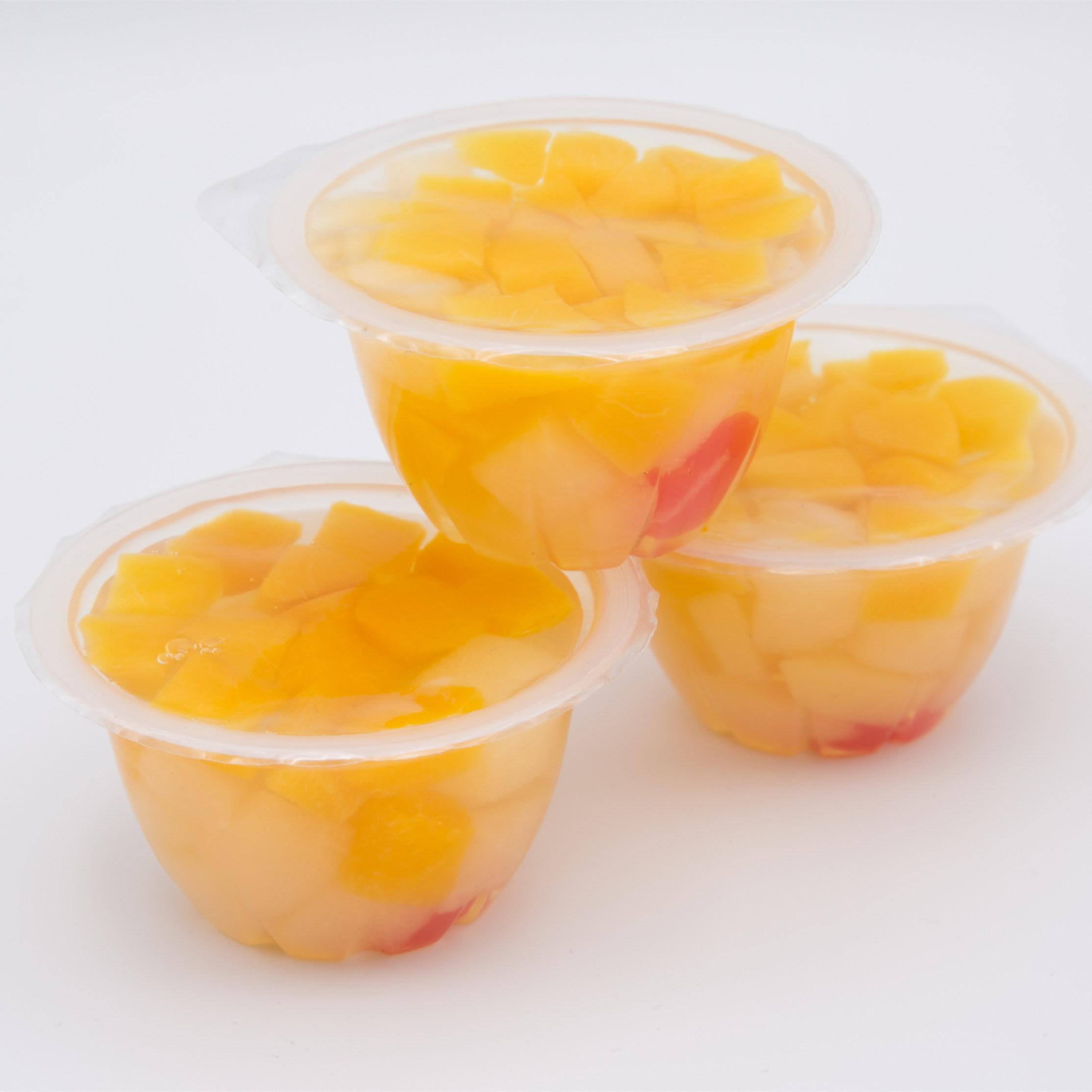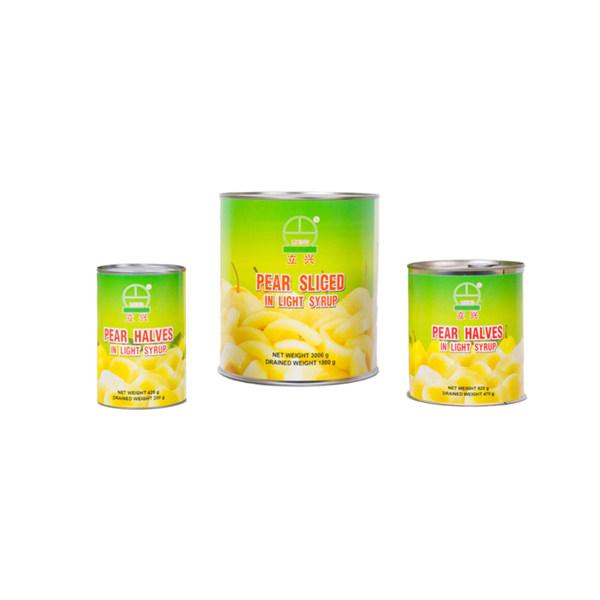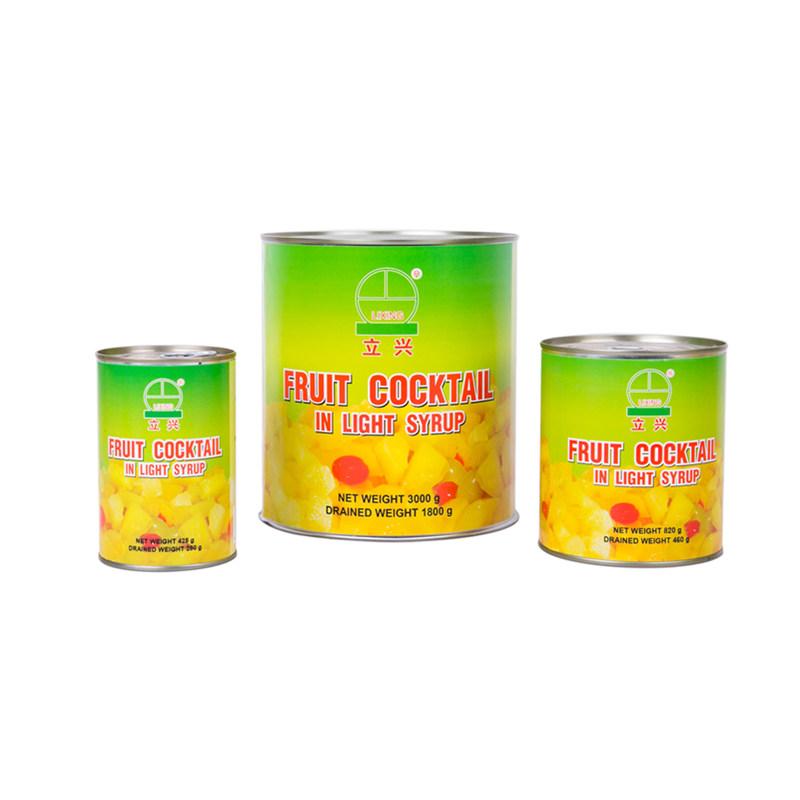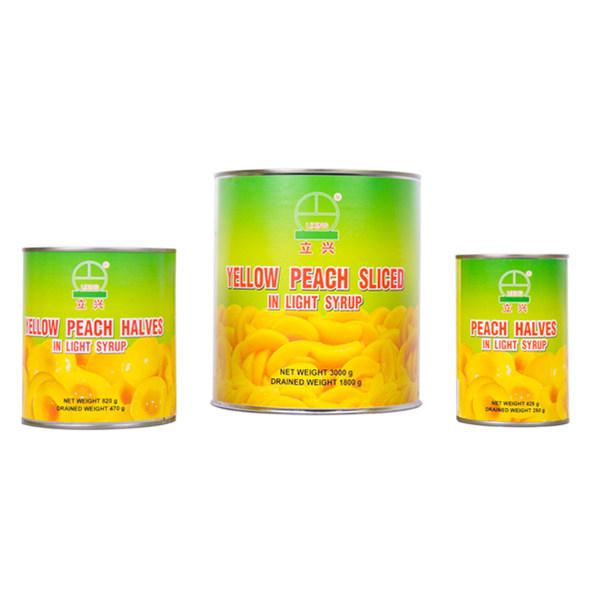Canned food sterilization method?
Jutai Foods
Sep/07/2017
According to the study, there are many factors that affect the effect of canned sterilization, such as the degree of contamination of food before sterilization, food ingredients, heat transfer, canned primary temperature. Are briefly described as follows
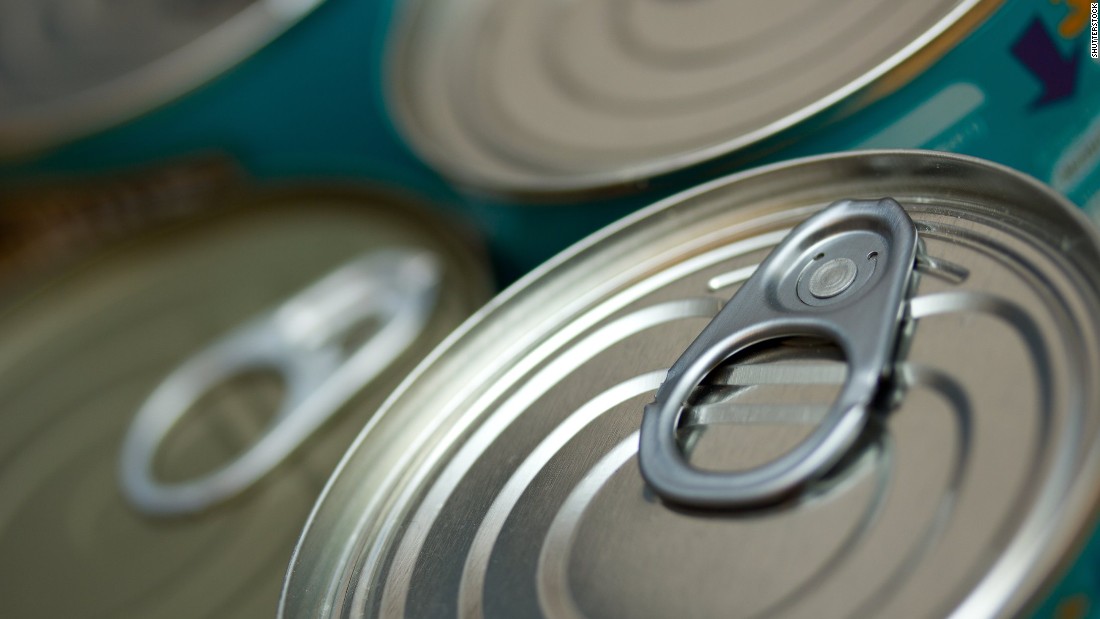
The so-called food sterilization, as the name suggests is to kill all the food in the micro-organisms. However, canned food called "sterilization" and bactericidal sterilization is different. The latter refers to the absolute sterility, and thus useful "sterilization" of the word. If the sterilization of canned food really want to achieve this level, then the sterilization temperature and time will be greatly increased. This is bound to affect the quality of food. That is, to reduce the flavor and nutrition of food, even loss of food value. In order to ensure the color of food, smell, taste and its nutritional value, canned food sterilization can only require food in a certain degree of heating will not contain the human health; harmful pathogens. While under normal conditions of storage can inhibit the destruction of food non-pathogenic microorganisms activities. So as to achieve the storage period specified in canned storage. This sterilization of canned food is also known as "sterilization of goods".
According to the study, there are many factors that affect the effect of canned sterilization, such as the degree of contamination of food before sterilization, food ingredients, heat transfer, canned primary temperature. Are briefly described as follows:
(1) the degree of contamination of food before sterilization
From raw material processing to filling sterilization, food will be subject to varying degrees of microbial contamination, the higher the pollution rate, at the same temperature, the longer the time required for sterilization. Different types of microorganisms have different degrees of heat resistance, yeast 40 ~ 70 ℃, thermophilic bacteria 75 ~ 80 ℃, botulinum A, B spores to 100 ℃ after 6 hours or 120 ℃ after 4 minutes heating To kill. The more microbial spores, the higher the temperature required for sterilization, the longer the sterilization time.
(2) food ingredients
Canned food contains sugar, salt, protein, fat, etc. can affect the heat resistance of microorganisms and plant phytotoxin foods, such as: pepper, onions, etc. have to inhibit or kill the role of microorganisms.
The acidity of the food has a great influence on the heat resistance of the microorganisms. The unsolved organic acid molecules easily penetrate into the living cells of the bacteria and dissociates into ions, thereby transforming the cells' internal reactions and causing cell death. So the high acidity of the general sterilization temperature can be lower, the time can be shorter.
(3) heat transfer
Canned heat sterilization, the heat transfer mode is mainly conduction and convection.
① canned container types and types: tinned steel cans than the glass tank heat transfer speed, small tank faster than the big tank heat transfer. The same volume of canned, flat cans faster than the low tank heat transfer.
② the type of food and canned state: liquid food heat transfer faster, but sugar, salt water or seasoning liquid heat transfer rate, with its concentration decreased. Solid foods such as: lunch meat, crab meat, etc., slow heat transfer. Bulk food with soup is faster than without soup. Large blocks of massive heat transfer slower than block. The tight heat of the tank is slow.
③ sterilization pot form and canned in the sterilization pot position: rotary sterilization than the standing sterilization effect, time is short. Canned in the sterilization pot away from the intake pipe, the temperature inside the pot has not yet reached equilibrium, the heat transfer is relatively slow. The amount of air in the pot, the accumulation of condensate, the structure of the sterilization basket, etc. affect the bactericidal effect.
④ canned primary temperature
Canned sterilization before the center of the temperature level, the bactericidal effect is closely related. Before the sterilization, increase the temperature of the food in the tank (such as the temperature of the food and the soup when the tank is installed, and then sterilize it after the exhaust seal), which is more important for the formation of convection and heat transfer.
Canned sterilization process has strict requirements, different varieties have different process curves, according to the chronological order can be divided into heating, heating, heat and cooling four stages, at different stages of temperature, time, pressure, etc. have different requirements, At present, the majority of canned sterilization using steam heating and cold water cooling way, the main equipment used sterilization sterilization kettle.
